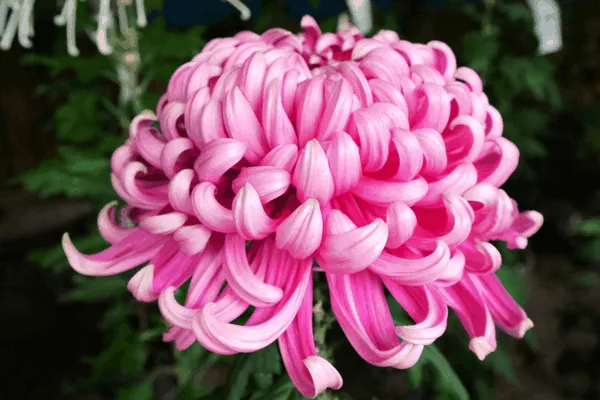Poinsettia plants, often associated with Christmas traditions and decorations, have a rich history deeply rooted in Indigenous communities of Latin America. However, this history is frequently overlooked or erased, according to professors and journalists.
Dr. Alexandro J. Gradilla, an associate professor of Chicana and Chicano studies at Cal State Fullerton, emphasizes the failure of the U.S. to acknowledge the origins of the poinsettia plant and its extensive history.
“There is erasure, and Americans don’t give any nod to Mexico or Mexicans or their herbology or their history of plants,” Gradilla stated. “We just grab the poinsettia from a Home Depot or Costco and put it on our porch, but we don’t ask what is the history and why is it important.”
Despite being the No. 1 potted plant in America, with millions sold and a substantial industry worth around $170 million, the U.S. often honors only a selective portion of the poinsettia’s history. This erasure contributes to the lack of recognition that obscures generations of individuals.
Poinsettias are native to North America, specifically southwestern Mexico and Guatemala, but their history transcends the U.S. border. Gradilla points out that merely stating poinsettias are from North America overlooks the specific cultures that cherished the plant for centuries.
An op-ed by Suzanna de Baca highlights the importance of understanding the history of poinsettias, particularly for Latinx individuals. She describes it as a reminder of how easily cultures can be appropriated without appreciating the broader context or valuing the people from that culture.
The plant, scientifically known as Euphorbia pulcherrima, was introduced to the U.S. by Joel Roberts Poinsett, the first U.S. minister to Mexico, in the early 19th century. However, Indigenous cultures were already using the plant extensively.
While Poinsett may have introduced the plant to the U.S., it held significant meaning in Latin American communities long before. The Nahuatl name “cuetlaxochitl” and the Mayan name “k’alul wits” reflect the diverse uses of the plant in Aztec populations, ranging from decor to medicinal purposes.
Rectifying the historical narrative involves acknowledging the plant’s pre-existing importance in Indigenous cultures and recognizing its role in Christian religious celebrations from the 17th century onwards. The poinsettia’s diverse names, such as “Noche Buena” and “Hoja de Pascua,” signify its cultural significance throughout Latin America.


